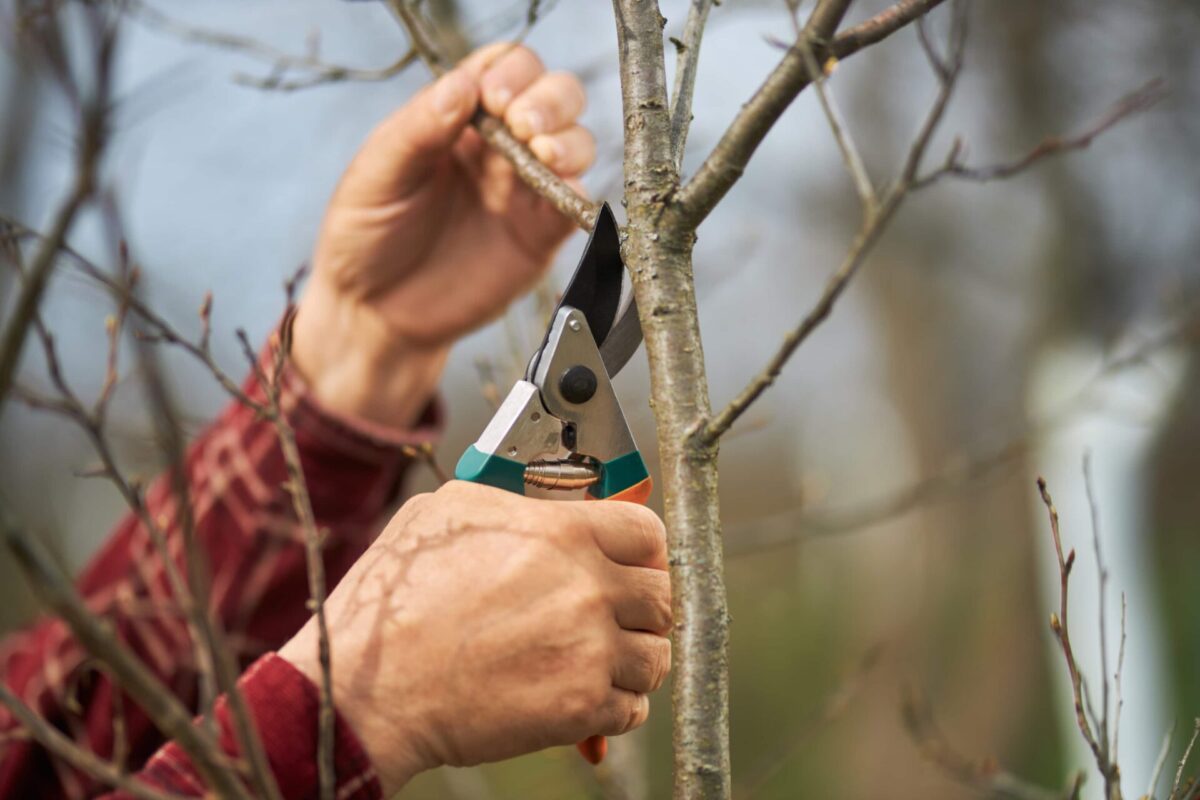Pruning Trees to Grow Into Beautiful Shade Trees

Posted on September 5, 2024 by Van Becelaere Greenhouse
Many homeowners dream of creating a lush, shaded garden oasis. One of the most effective ways to achieve this is by adequately pruning saplings to grow into beautiful shade trees. In today’s blog, we’ll explore the pruning steps and techniques to train and shape saplings into perfect shade providers for your yard.
Why Pruning is Essential
Pruning is not just about cutting away excess branches; it’s a crucial practice that promotes healthy growth and ensures your tree develops a strong structure. Without proper pruning, trees can become overgrown, diseased, and structurally weak. Proper pruning can prevent diseases, improve air circulation, and ultimately shape the tree into an ideal form that provides ample shade.
Training a Young Tree
The journey to a majestic shade tree begins when the tree is young. The first few years of a tree’s life are critical, as this is when you can most effectively guide its growth.
Start by identifying the main vertical stem, which is the dominant, central trunk of the tree, also known as the central leader. That will become the main trunk, providing stability and strength for the tree as it grows.
Cutting Tree Limbs
As you begin to shape a tree, it’s all about knowing which limbs to prune away. Focus on removing any branches that are:
- Competing with the central leader
- Growing at narrow, weak angles
- Crossing or rubbing against other branches
- Damaged, diseased, or dead
- Growing inward
By selectively pruning these limbs, you encourage the tree to direct its energy towards healthy, vigorous growth.
Shaping the Tree
Nurturing a uniformly shaped tree helps to shape a balanced, open canopy that lets in light and air. That means pruning back any vertical shoots to encourage horizontal branches to grow.
Also, keep the lower branches for a few years to protect the trunk from sunburn and mechanical injury. Eventually, you can remove those lower limbs after a few years of growth.
Pruning Best Practices
Tree pruning is a real art that is most beneficial to a tree when it’s not in bloom and not producing fruit. If this is your first time pruning trees, a good rule of thumb is to prune, at most, 25% of a tree’s branches at one time.
In addition, selecting the right equipment for pruning is critical. Whether you plan to use pruning shears for smaller branches, a curved-blade saw for larger branches, or a chainsaw for the thickest branches, be sure the tool you choose is sharp to reduce the risk of self-injury and disinfect before using it to prevent the spread of diseases.
What time of year you prune is crucial to the growth and healing of trees. The best time to prune trees across the four states of southeast Kansas, southwest Missouri, northeast Oklahoma, and northwest Arkansas, which all share similar climate conditions, is during the winter months from December through February, just before new growth starts.
Proper pruning techniques also promote healing. To prevent decay, cut just above the branch collar to avoid leaving long stubs, and don’t cut too close to the tree trunk.
Where to Get All Your Trees and Tips
With patience and practice of proper pruning techniques, you can unleash the transformative power of a young tree. You can turn it into a stunning shade tree that enhances your yard’s beauty and provides a cool retreat from the glaring sun. Remember, success lies in regular, mindful pruning and a commitment to guiding your tree’s growth.
If you’re ready to add a new tree to your yard, the team at Van Becelaere Greenhouse in Pittsburg, Kansas, invites you to stop by and walk through the tree shop. They carry a variety of popular trees native to the four states and across North America that are suitable for hardiness zone 7a, which means they can withstand the specific climate conditions of our region.
Happy pruning!
